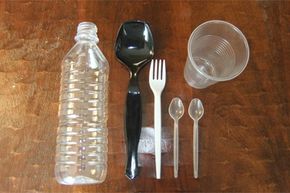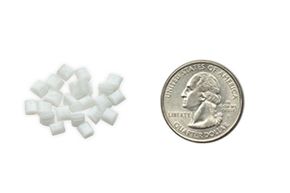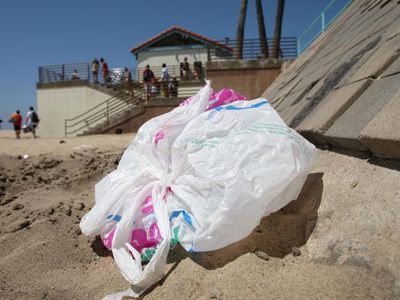Thousands of years from now, it's quite possible that future civilizations will be digging through the remnants of ours. Maybe they'll unearth crumbled skyscrapers. They'll discover our crumbling bones. And almost certainly, they will bring to light endless amounts of buried plastics, from tools to toys. "Oh look, it appears to be the crimson light saber once carried by the great Lord Vader!"
We are living in the plastics age, in which many of us can't go more than a minute or two without touching a product that's made at least partly of this malleable, strong and durable material. And it's that last trait that has so many resource- and environment-minded people concerned.
Advertisement
Plastics have staying power -- they don't degrade much in natural environments or landfills. Recycling is one great option to reuse some types of plastics, and more people are becoming recycling savvy. Still, in the United States alone, only about 7 percent of all the plastic products used are recycled; and 28 million tons (yes, tons) gets chucked into landfills every year [source: EcoLogic].
To make sure plastics don't become permanent pollutants, some newer plastics technologies incorporate biodegradable additives into their chemistry. These additives are designed to allow plastics to break down naturally, whether they're in a landfill or planted roadside by a litterbug.
As they degrade, such plastics break down into carbon dioxide, humus or biomass (a basic organic matter similar to soil) and methane gas. That's a big improvement over nearly indestructible detergent and soda bottles that might announce their presence to future archaeologists.
But before biodegradable additives can expand into most products, there's a whole lot of work to be done in terms of government regulations, recycling standards and consumer public relations.
On the next page, we get our hands dirty with delicious decay -- and delve into what makes biodegradation so cool.
Advertisement






